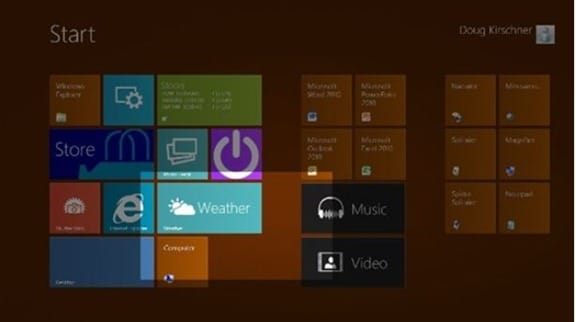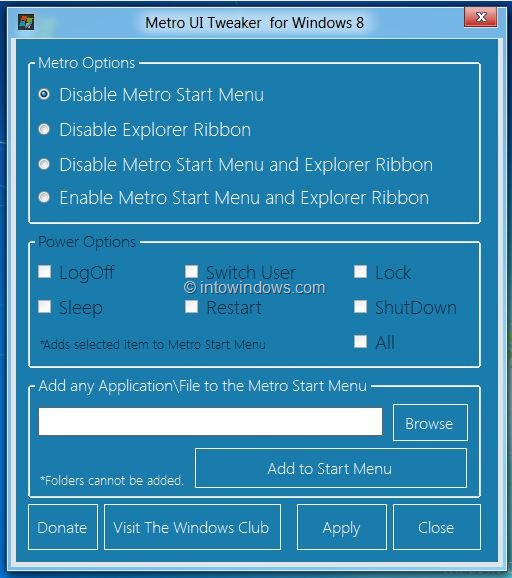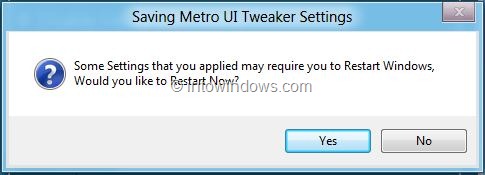A lot has been said and written about the next Windows operating system, Windows 8, and its Metro-based Start screen. As everyone knows, Windows 8 ships a brand new Metro-style Start screen. The Start screen is the central place that contains shortcuts for applications. The live tiles display updates on weather, stock, and twitter.
This Metro-based Start screen lets you pin even folders for quick access. Searching for a file or application is pretty easy, as one can just start typing on the Start screen to get the result.
Even though the Start screen is a fantastic feature, not all users are happy with it. Many Windows desktop users want to get rid of the Start screen and want to enable the good old Start menu. If you are one of Windows 8 users who thinks that the Start screen isn’t perfect or suitable for desktop computers, you can easily disable the feature by editing system files. No option is present in the Control Panel to disable this feature.
As every Windows user isn’t comfortable with system file editing, in this guide, we will show you a simple way to disable the Windows 8 Start screen with the help of a third-party tool.
Procedure:
Step 1: Download Metro UI Tweaker. It’s a free utility to customize the Windows 8 Start screen by enabling and disabling one or more features. Extract the downloaded Metro UI Tweaker zip file to get a folder named MUITW8. Open the folder to find the Metro UI Tweaker.exe file.
Step 2: Run the application with admin rights. To do this, right-click on Metro UI Tweaker.exe file and then select Run as administrator. Click Yes for the UAC prompt.
Step 3: Once the Tweaker is launched, select Disable Metro Start Menu radio button and then click Apply button. You will be asked to reboot the machine to apply the change. Click Yes for “Some settings that you applied may require to restart Windows, Would you like to restart now?” message to reboot the machine.
Step 4: You are done!
You might also like to know how to disable Windows 8 Metro UI and add disable/enable Metro to the desktop context menu.


